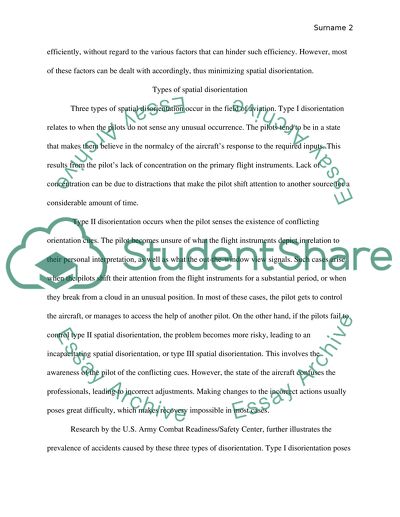Cite this document
(“Spatial Disorientation for Pilots Research Paper”, n.d.)
Retrieved from https://studentshare.org/professional/1641697-spatial-disorientation-for-pilots
Retrieved from https://studentshare.org/professional/1641697-spatial-disorientation-for-pilots
(Spatial Disorientation for Pilots Research Paper)
https://studentshare.org/professional/1641697-spatial-disorientation-for-pilots.
https://studentshare.org/professional/1641697-spatial-disorientation-for-pilots.
“Spatial Disorientation for Pilots Research Paper”, n.d. https://studentshare.org/professional/1641697-spatial-disorientation-for-pilots.


